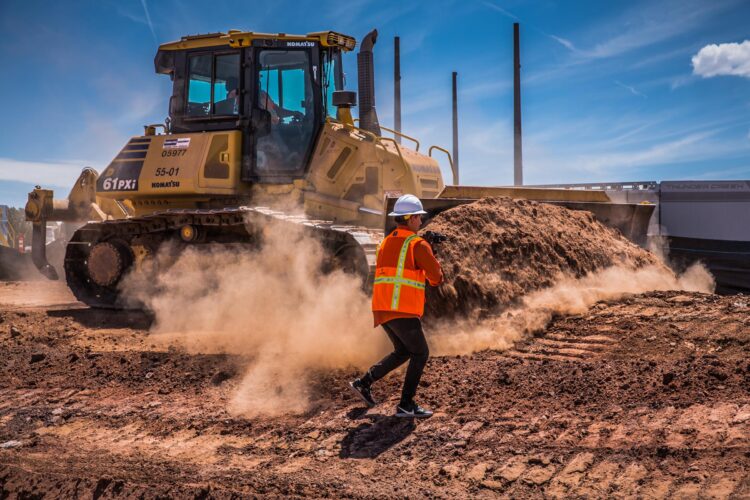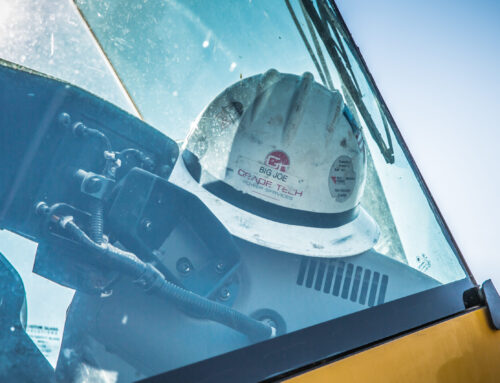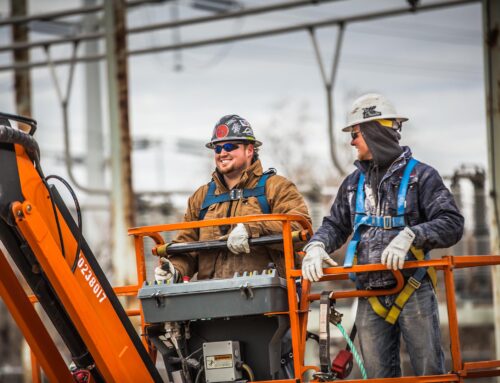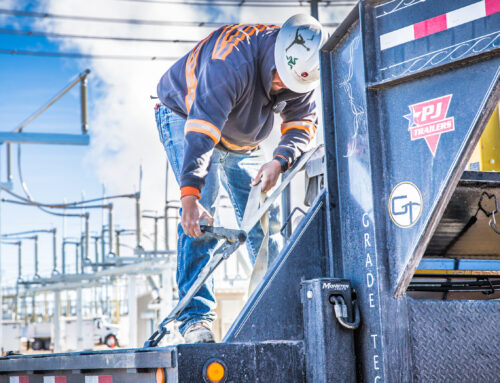The construction industry is undergoing a significant transformation, and modular and prefabricated construction are at the forefront of this evolution. These innovative building methods promise faster project timelines, cost savings, and sustainable solutions—making them increasingly popular among developers, architects, and homeowners. However, with rising competition in the market, effectively marketing modular and prefabricated construction has become essential for companies seeking to stand out. Learn how Kartchner Group can successfully market modular and prefabricated construction providers to attract clients, build brand recognition, and drive growth.
Highlight the Benefits of Modular and Prefabricated Construction
When marketing modular and prefabricated construction, it’s crucial to emphasize the unique advantages these methods offer. Unlike traditional construction, modular and prefabricated solutions can drastically reduce project timelines by assembling components off-site in controlled environments. This approach minimizes weather-related delays, improves quality control, and enhances safety.
Additionally, these methods often result in cost savings due to reduced labor and material waste. Modular construction is also inherently more sustainable, as it typically uses fewer resources and generates less waste. Highlighting these benefits in your marketing campaigns can resonate with potential clients looking for efficiency, affordability, and eco-friendly solutions.
Key Messaging Ideas:
- “Build smarter, faster, and greener with modular construction.”
- “Cut project timelines in half while reducing costs and environmental impact.”
- “Experience precision and quality with prefabricated construction solutions.”
Showcase Successful Projects
Case studies and project portfolios are powerful tools in the construction industry, and they are especially effective for modular and prefabricated construction. Prospective clients want to see real-world examples of what you can achieve. Highlight completed projects that demonstrate the versatility of your methods, from residential homes and commercial buildings to healthcare facilities and educational structures.
When showcasing these projects, focus on details such as:
- The challenges faced and how modular construction solved them.
- Time and cost savings achieved.
- Client testimonials that underscore satisfaction and quality.
Include high-quality images, time-lapse videos, and detailed write-ups to make your portfolio engaging and informative. Consider creating a section on your website dedicated to project highlights or publishing regular updates on social media to keep your audience informed and inspired.
Leverage Social Media to Reach a Wider Audience
Social media platforms are excellent channels for promoting modular and prefabricated construction. Platforms like Instagram, LinkedIn, and YouTube are particularly effective for showcasing your projects and expertise.
Instagram and TikTok: Use these visually driven platforms to share stunning images, videos, and before-and-after comparisons of your projects. Short-form content like reels and stories can highlight key benefits and generate buzz around your services.
LinkedIn: Position your company as an industry thought leader by sharing insights, trends, and professional achievements. Publish articles or posts about the benefits of modular construction and engage with your network to increase visibility.
YouTube: Create detailed project walkthroughs, time-lapse videos, and client interviews to educate potential clients about the modular construction process. A YouTube channel dedicated to your projects can help build credibility and attract a broader audience.
Invest in Search Engine Optimization (SEO)
SEO is critical for driving organic traffic to your website. Focus on incorporating relevant keywords such as “modular construction,” “prefabricated buildings,” “eco-friendly construction solutions,” and “fast construction methods” into your website content, blogs, and meta descriptions.
Additionally, create high-quality, informative content that answers common questions prospective clients might have, such as:
- What is modular construction?
- How does prefabrication save time and money?
- Is modular construction sustainable?
Developing a blog section on your website dedicated to these topics can establish your company as an authority in the field and improve your search rankings. Be sure to include internal links to your services pages and use backlinks from reputable sources to further enhance your site’s SEO.
Emphasize Sustainability and Innovation
Sustainability is a growing priority for clients in today’s construction market. Many clients are drawn to modular and prefabricated construction because of its potential to reduce environmental impact. To capitalize on this trend, tailor your marketing efforts to highlight your commitment to green building practices.
Include certifications, such as LEED (Leadership in Energy and Environmental Design), that your projects have earned. Share data on how your methods reduce waste and energy consumption compared to traditional construction. By positioning your company as a leader in sustainable construction, you can attract eco-conscious clients and differentiate yourself from competitors.
Offer Virtual and Augmented Reality Experiences
Virtual reality (VR) and augmented reality (AR) are becoming increasingly valuable tools in the construction industry. They allow potential clients to visualize modular designs and explore prefabricated components in a highly interactive way. Offering VR and AR experiences can enhance your marketing efforts by demonstrating the capabilities and advantages of modular construction.
For example, use AR to create interactive 3D models of your modular units, enabling clients to explore layouts and designs from their devices. VR walkthroughs of completed projects can provide an immersive experience that leaves a lasting impression. Integrating these technologies into your marketing strategy not only showcases innovation but also helps clients better understand the value of your services.
Build Partnerships and Collaborate
Collaborating with architects, developers, and contractors can expand your reach and open new opportunities. By forming strategic partnerships, you can leverage their networks to promote your modular and prefabricated construction services. Attend industry events, participate in trade shows, and engage in networking activities to build relationships with key players in the construction sector.
Additionally, consider co-marketing opportunities with sustainability-focused organizations or green building initiatives. These collaborations can help position your brand as a leader in both innovation and environmental responsibility.
Use Paid Advertising for Targeted Outreach
Paid advertising campaigns can help you reach a specific audience interested in modular and prefabricated construction. Platforms like Google Ads and LinkedIn Ads allow you to target users based on demographics, location, and search behavior. Use these tools to promote your services, direct traffic to your website, and generate leads.
For example, create a Google Ads campaign targeting keywords like “modular home builders near me” or “prefabricated office spaces.” Combine this with compelling landing pages that include clear calls to action, such as scheduling a consultation or downloading a project guide.
Final Word
Marketing modular and prefabricated construction requires a multifaceted approach that highlights the unique benefits of these building methods while leveraging modern digital tools and strategies. By emphasizing sustainability, showcasing successful projects, investing in SEO, and utilizing innovative technologies like VR and AR, you can effectively communicate the value of your services to prospective clients. As the demand for modular and prefabricated construction continues to grow, companies that adopt these marketing strategies will be well-positioned to capture market share and achieve long-term success. Those interested can get in touch with Kartchner Group for more information.




